Meshtastic offers an affordable alternative to stay connected with your crew or other boats without relying on cell towers, satellite services, or paid subscriptions. All you need are a few inexpensive LoRa-based messaging devices.
We long-time cruisers often find ourselves often in places where there is either no telecommunications infrastructure, or it is very expensive to use. Yet staying in touch between the boat and shore party is often essential. Maybe someone needs to update a shopping list, or there’s an impromptu sundowner invite!
Traditionally, handheld VHF radios have filled this role. But VHF units tend to be quite bulky and require somebody to be actively listening near the radio. VHF range is also quite limited, especially in built-up areas.
Meshtastic can provide a more practical solution; text-based communication using a self-forming mesh network. It’s discreet, lightweight, and far more flexible than VHF. Messages can travel well beyond line of sight thanks to the mesh architecture, and the ability to share waypoints over Meshtastic can also be useful when coordinating anchorages or arranging shore activities.
What is Meshtastic
Meshtastic is a mesh communications system built on top of the LoRa (“long range”) radio standard. LoRa uses license-free radio frequencies, so there’s no need for a marine or HAM license. Meshtastic is also open source, meaning that it is free to use and to modify.
LoRa was originally designed to be used for various internet of things sensors, and hence the hardware for it is mass produced and affordable. Devices range from around $20 (bare-bones microcontroller boards) to about $100 for a self-contained Meshtastic device with a keyboard and a screen.
LoRa devices running Meshtastic are designed to rebroadcast messages they receive, forming a mesh network. This means a message that can’t reach its destination directly, might still get through by “hopping” through an intermediate device, like one stashed in your dinghy. In good conditions, direct LoRa links can carry over many kilometers. In our tests in Curaçao, we successfully reached our boat from over 8km away. The official distance record is 331km from one mountain top to another.
In more populated or active areas, other Meshtastic users may help extend your network range.
Hardware needed
At a minimum, you’ll want at least two devices; one for the boat and one for whoever is going ashore. But since the hardware is relatively cheap, it’s often easier to give each crew member their own device. Each Meshtastic device can only be connected to one Meshtastic app at a time.
For boating use, the card-style Meshtastic devices like the Seeed T1000-e and RAK WisMesh Tag are quite ideal. They’re waterproof, meaning that they’ll survive even the splashier dinghy rides ashore without problems, and the battery lasts for a day or two, meaning that they’ll work also on longer hikes.
Most of the compact models don’t include screens or keypads, so they’re used in conjunction with the Meshtastic mobile app for sending and reading messages. They’re small enough that you could stash one inside a dinghy, or even attach it to a dog harness.
Having a “base station” Meshtastic device on the boat itself is a good idea. Positioned high up (for example on a spreader or the solar arch), it can often “see” across bays or valleys and act as a relay point for other devices. It can be either USB or solar powered.
If you prefer to leave the smartphone behind, there are Meshtastic devices with their own keyboards and screens. Devices like T-Deck Pro or T-LoRa Pager allow you to send and receive messages independently.
If you have access to a 3D printer, there are also dozens of affordable Meshtastic boards and case designs for various use cases. There’s even one designed specifically for being mounted on top of a sailboat mast!
On our boat we have a 3D-printed charging station for the crew T1000-e Meshtastic cards right next to the companionway. When heading out, you can grab your fully charged Meshtastic device and the dinghy keys from the same place.
Getting started
When you get your Meshtastic device, there are a few steps to take. First of all, you’ll want to install the Meshtastic app for your smartphone. Both Android and iOS are supported, and for other platforms there is a web app as well.
Meshtastic develops quite quickly, and most devices will ship either with no Meshtastic firmware installed, or with a very obsolete version. Hence the first step is to “flash” the newest firmware release on the device. To do this, connect the device to your computer with a USB cable and open the Meshtastic web flasher. There you can select your device from the list (or autodetect using the “rocket” button).
Then choose the firmware version to install. For most users the latest beta or stable release is the best option. Press the Flash button, and wait for the process to complete.
The Meshtastic Getting Started guide will explain this process in more detail.
Configuring the device
Once the Meshtastic device is flashed, it is ready to be used. Pair it with the Meshtastic app of your choosing, and enter Radio Configuration. There are many configuration options available, but here are the ones you’ll at least want to do:
Channel settings: By default your device will communicate in the public “LongFast” channel. If you want, you can set up a private encrypted channel instead for your own boat, or for the group of buddy boats you’re traveling with. You can have multiple channels for different groups. More populated areas may use a more optimized channel setting, for example “MediumFast”. If you’re cruising near a big city you may want to look up the local Meshtastic user group to see what they’re using.
Security – Public and Private key: The keys here will identify your device to other Meshtastic users, and will be used for private communications between them. For new devices it is a good idea to generate new keys at this stage. It is also smart to copy them elsewhere as a backup.
Device Role: The role determines how your device is seen by other Meshtastic devices, and how it interacts with the mesh. CLIENT is a good default to start with, though in busier areas you might want to set your mobile crew devices as CLIENT_MUTE instead. TRACKER might be a good option for Meshtastic trackers placed in dinghies etc.
User: The user settings determine how you’re shown to other Meshtastic users. It is often a good idea for the Long Name to identify the boat. The Short Name is your “callsign” in Meshtastic and can be up to four letters or a single emoji.
LoRa Region: This is the final important configuration option. Different parts of the world use different LoRa frequencies, and hence it is important to set the correct one. All of Europe uses EU_868 making life easy for cruisers there. Caribbean is split between US, EU_868 (mostly the French islands), and ANZ (mostly Latin America). It makes sense to use the correct one for your current cruising grounds, as that way you’ll be conformant with the spectrum licensing and can benefit from local users being on the same mesh.
Using Meshtastic
There are a few different functions available when using Meshtastic to communicate.
Direct messages
With Meshtastic you can send direct messages to any other user that your device can communicate with. Just select a device from the list and click the Direct Message button to start a new conversation.
Meshtastic direct messages are encrypted, even if you’re using the public channel.
You’ll see in the message status when the recipient has received it.
Sending the bell
A very convenient feature in Meshtastic is that you can include the “bell character” in a direct message. By default, devices receiving the bell will start buzzing. This means the recipient gets notified of your message even if their phone is out of power or has notifications turned off.
This can be very useful when trying to reach somebody with an urgent message.
Local chat
In addition to direct messages, each channel has a local chat where all devices within range can participate. This allows communication between a group, or maybe even with all cruisers sharing the anchorage.
The default “LongFast” channel has a public, unencrypted local chat. You can create encrypted channels for your crew, your buddy boats, or even a bigger group. The channel details are easy to share between users via a Qr Code.
Sharing position
Meshtastic devices with a GPS position can share their location on a channel. This allows you to see where everybody is.
Position sharing is opt-in, and you can set it to be shared on either the public channel or a private one. You can also set the accuracy of the shared position as needed.
Waypoints
Waypoints can be created in the Meshtastic app, and shared to either specific users or a channel. They can be set to expire in a given time, meaning that the Meshtastic map won’t be cluttered with hundreds of obsolete waypoints.
Good examples for waypoint usage would be to coordinate a dinghy pickup, or the location of a beach barbecue.
Telemetry and alerts via Signal K
Since Meshtastic is an open protocol, it is possible to allow your boat to participate in the conversation. If you’re running Signal K, there is a signalk-meshtastic plugin for integrating your boat systems with the mesh.
The Signal K plugin connects to you boat node, and can share telemetry and alerts over Meshtastic. On our boat this means we’d get a text message (and a bell) if our anchor started dragging or there was a bilge alarm.
Since we have digital switching, we can also text the boat to turn on the deck light when leaving the dinghy dock.
Meshtastic integration with Signal K is discussed in this blog post.
The potential of Meshtastic for liveaboard cruisers
Meshtastic is a promising communication system for long-distance cruisers. With a couple of inexpensive LoRa devices you can chat between your own crew, and also with other similarly equipped boats. You don’t need to get a SIM card or pay a subscription fee, and it’ll work just as well in a city as on an uninhabited island. Plus, if you’re sailing with mesh-enabled buddy boats, it will also work offshore. The local chat could in some cases even provide a new text-based “cruisers’ net”.
Before the Atlantic hurricane season winds down is a great time to get your boat on the mesh. Meshtastic devices can be found from online stores like Amazon and AliExpress, and most device manufacturers have their own web shops. There’s also quite a cottage industry of custom device designs available on Etsy.
And if a device called bgie shows up in your local mesh, say hi!

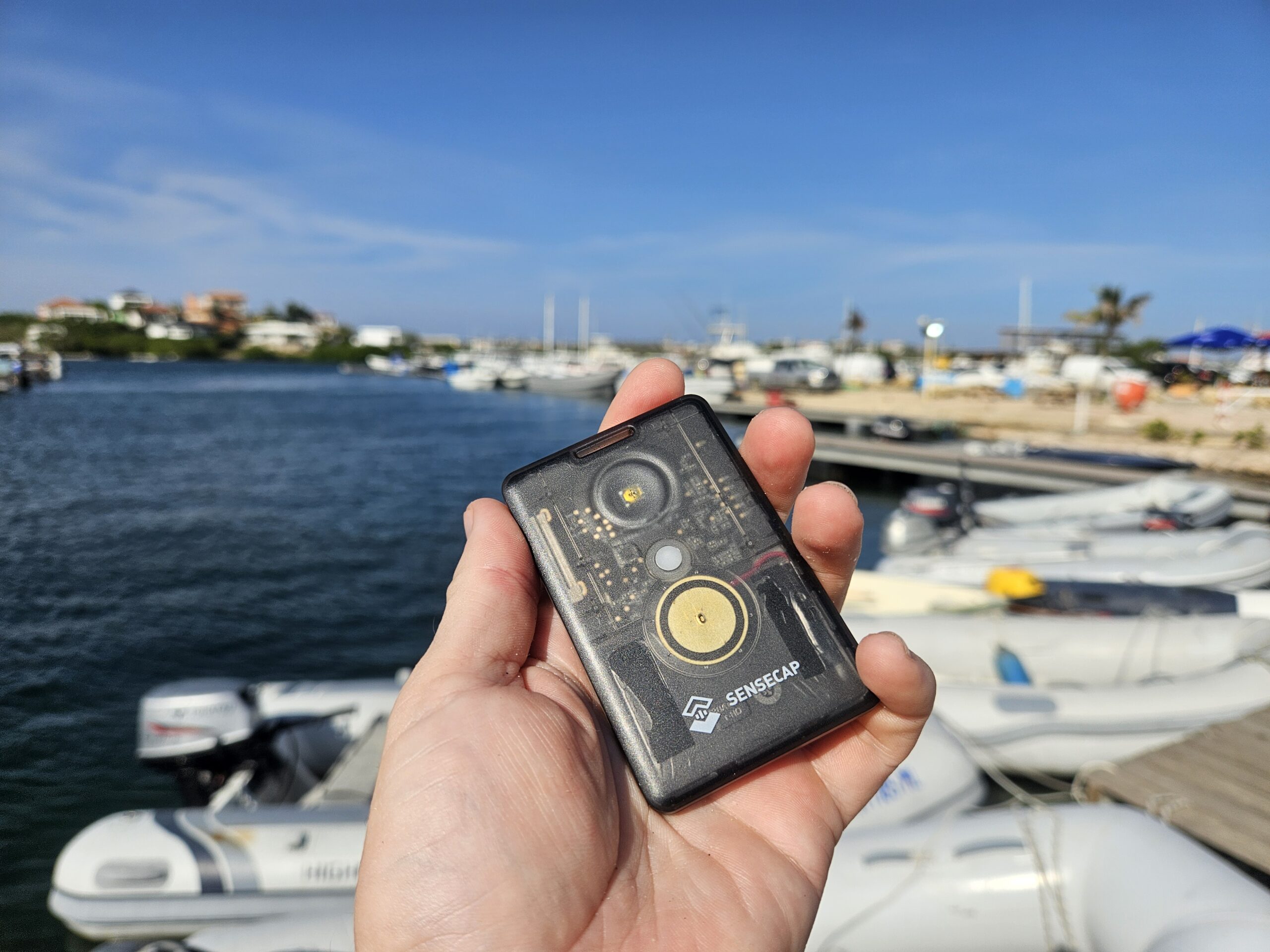

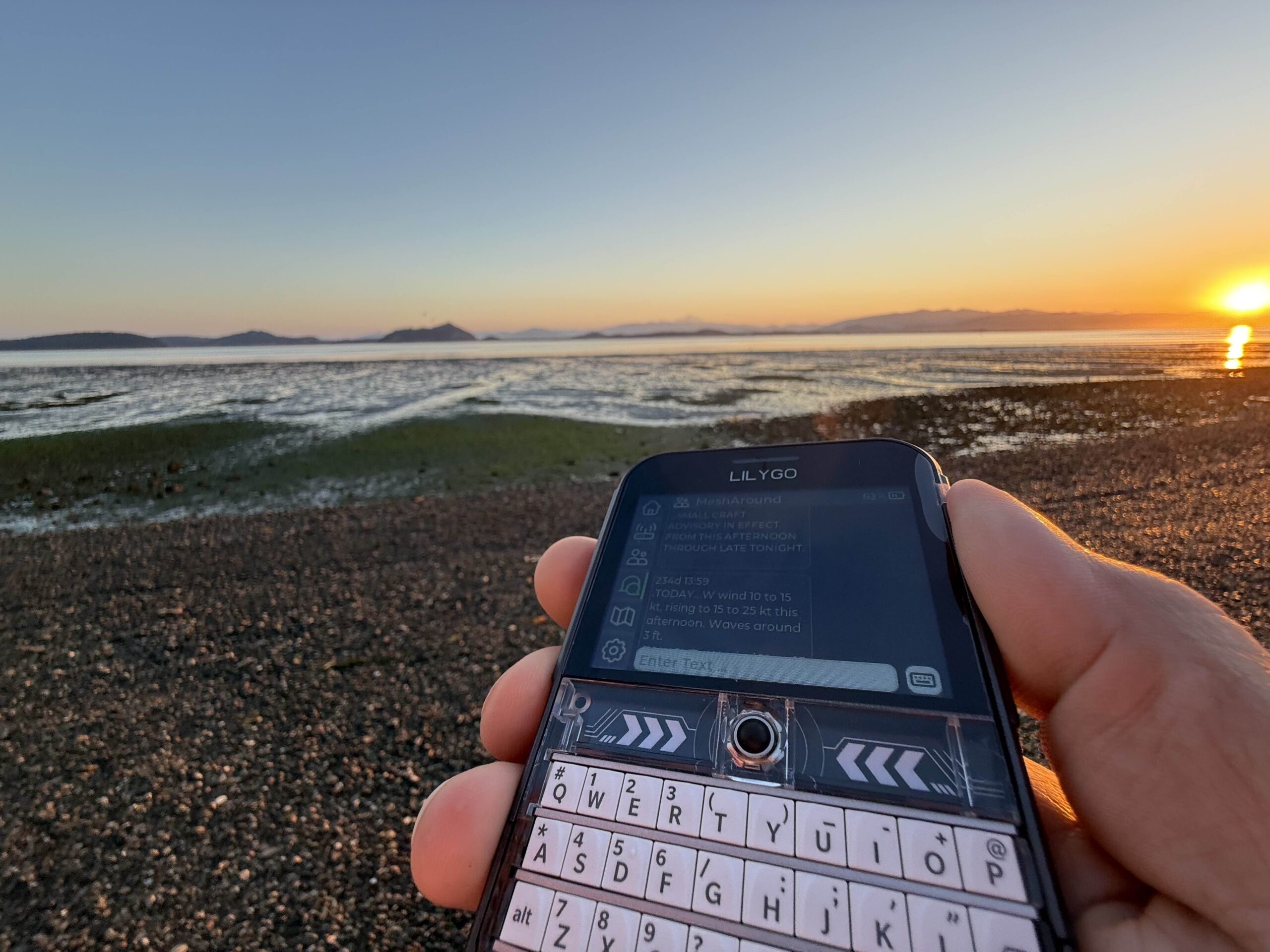
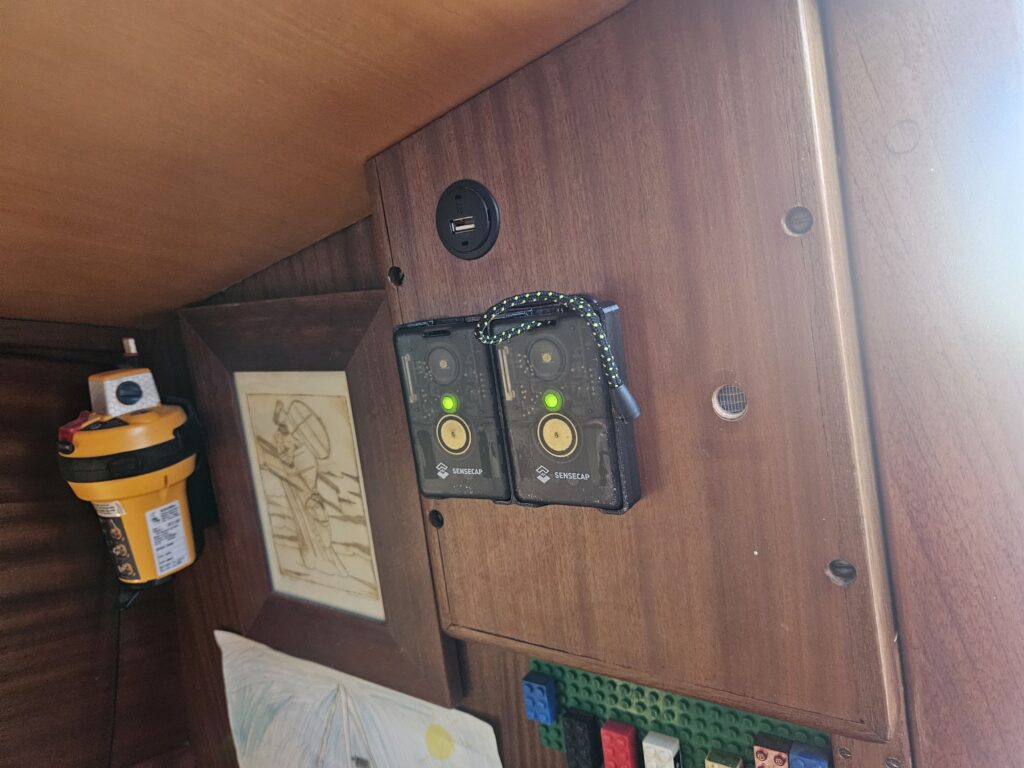
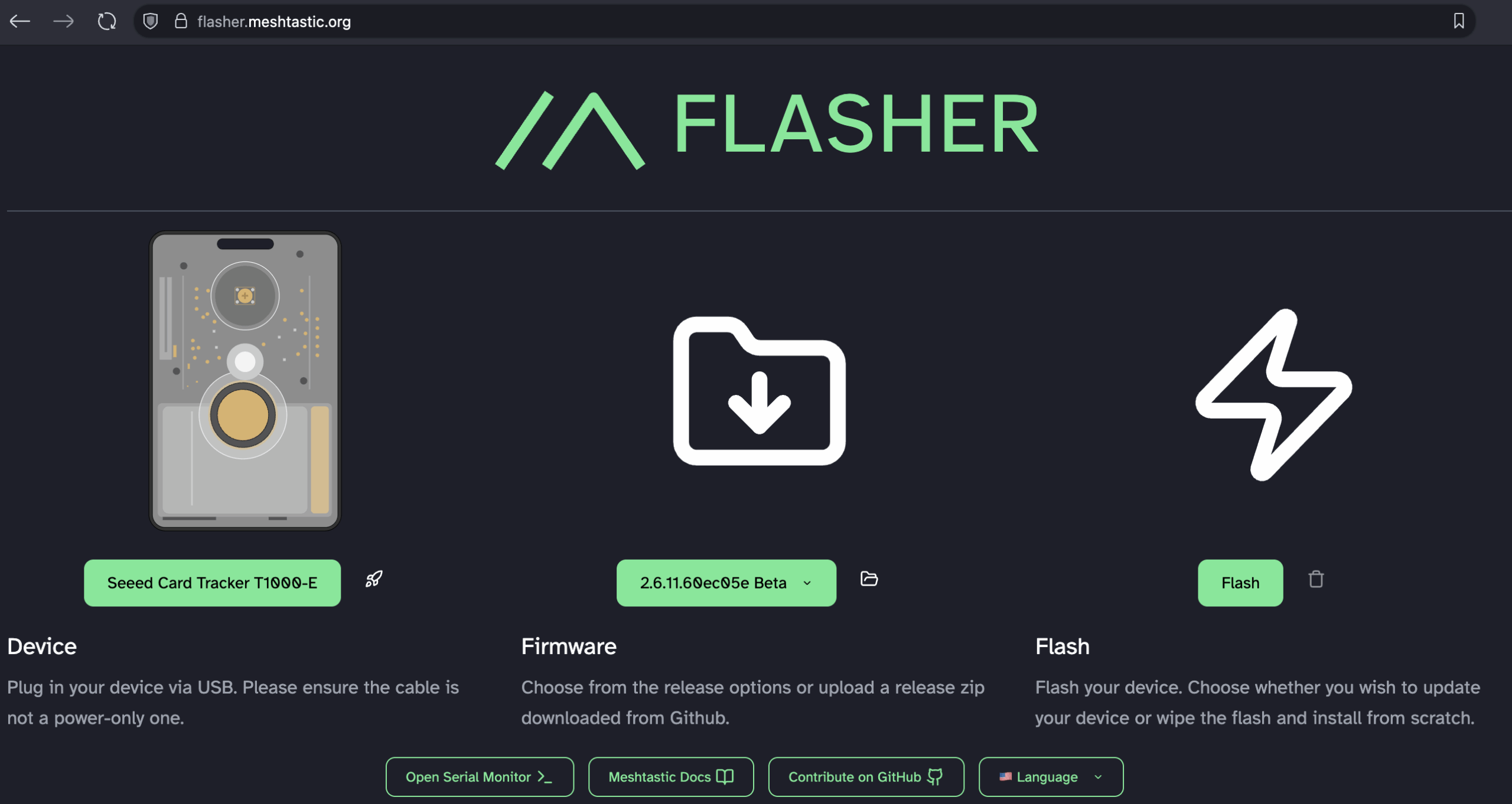
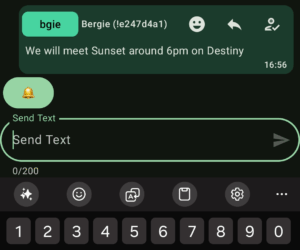
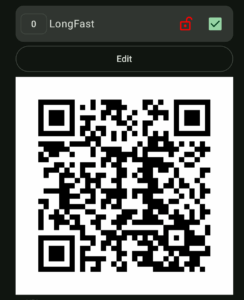
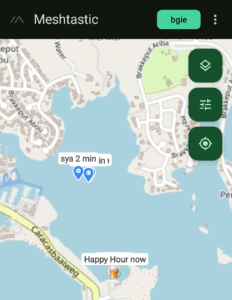
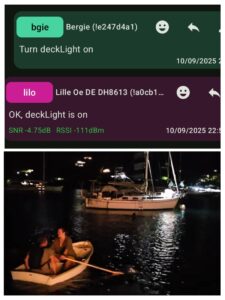



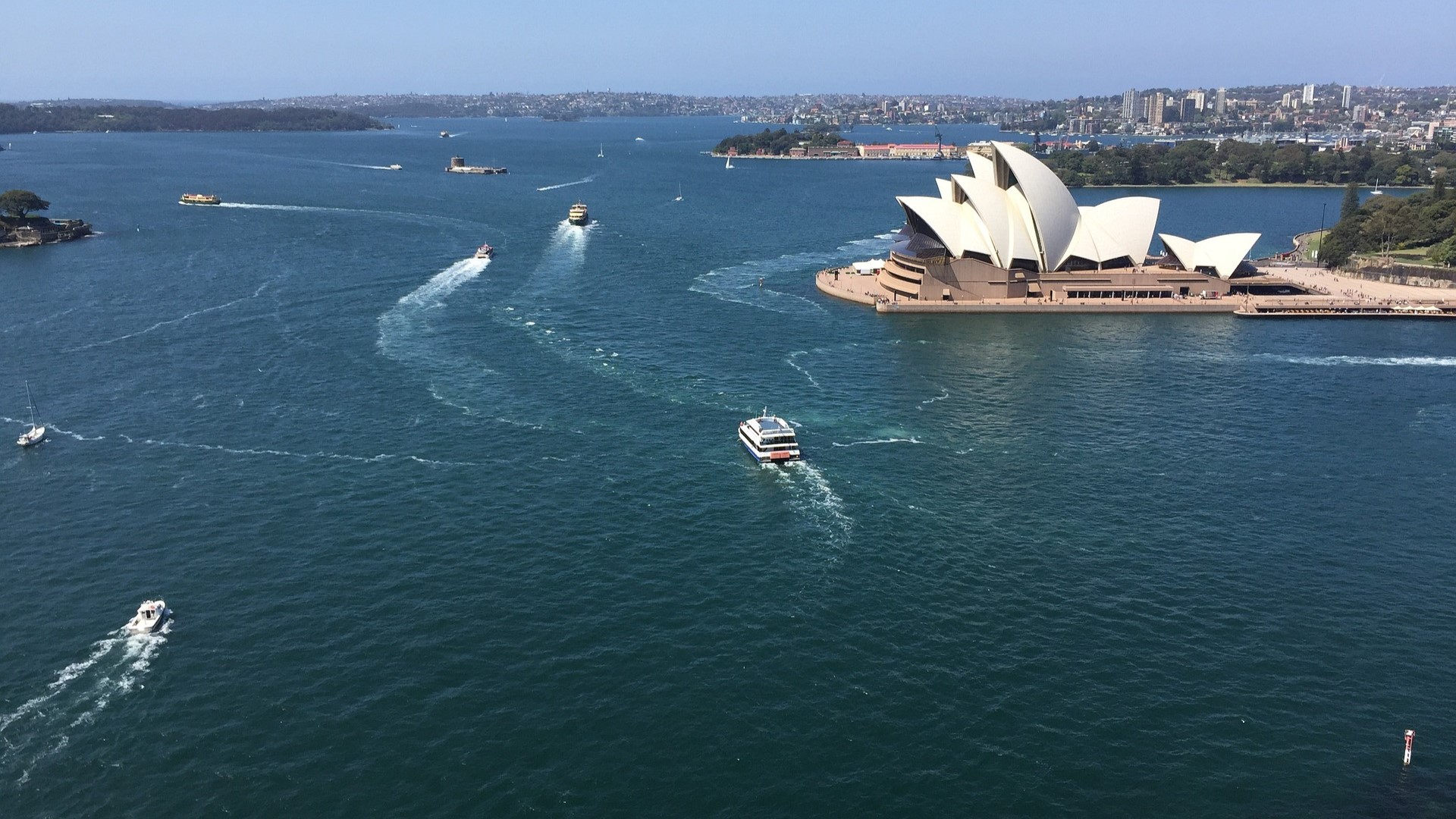

Hi Henri,
Wow, what an amazing article!
I have never heard of Meshtastic before.
A network that will communicate independently of GSM and Starlink is a great idea!
I will buy some Meshtastic kit and give it a go.
Thanks!
Cheers
Richard
What an excellent article. I suspect 99 per cent of us have never come across this technology. It is excellent to have an article that covers all aspects, especially the ‘how’ and the ‘realities’. Thank you.
Hi Henri,
Great article. You obviously spent a lot of time authoring that, many thanks.
Had Heltec V3.1 Meshtastic aboard for a year. Received several messages from locals excited to see sailboat passing through their area which has been nice but not yet come across any other sailors. Did not know there is SK/NR integration, will play with that! We also have LoRa APRS and WSPR so lots of radio hobby toys to keep me entertained on quiet winter nights.
Cheers
Meshtastic on boats is still quite new, hence the first step is to make sure you benefit from it for communicating between the boat and the shore crew. As more people get on the mesh, the boat-to-boat communications use case will get stronger. There are four boats with Meshtastic in our current anchorage…
APRS is also interesting, but obviously requires an amateur radio license. And international usage is a bit of a complex situation with callsign prefixes etc.
Not heard of this before, cheers for sharing